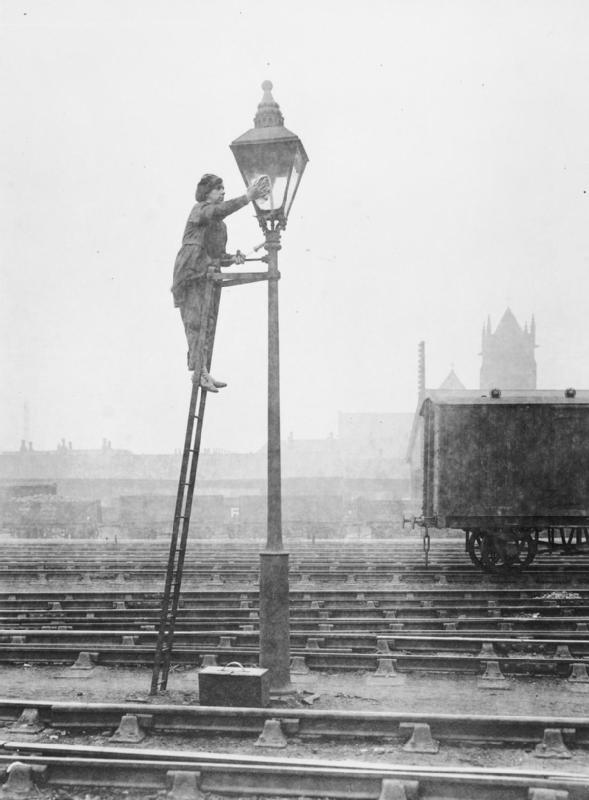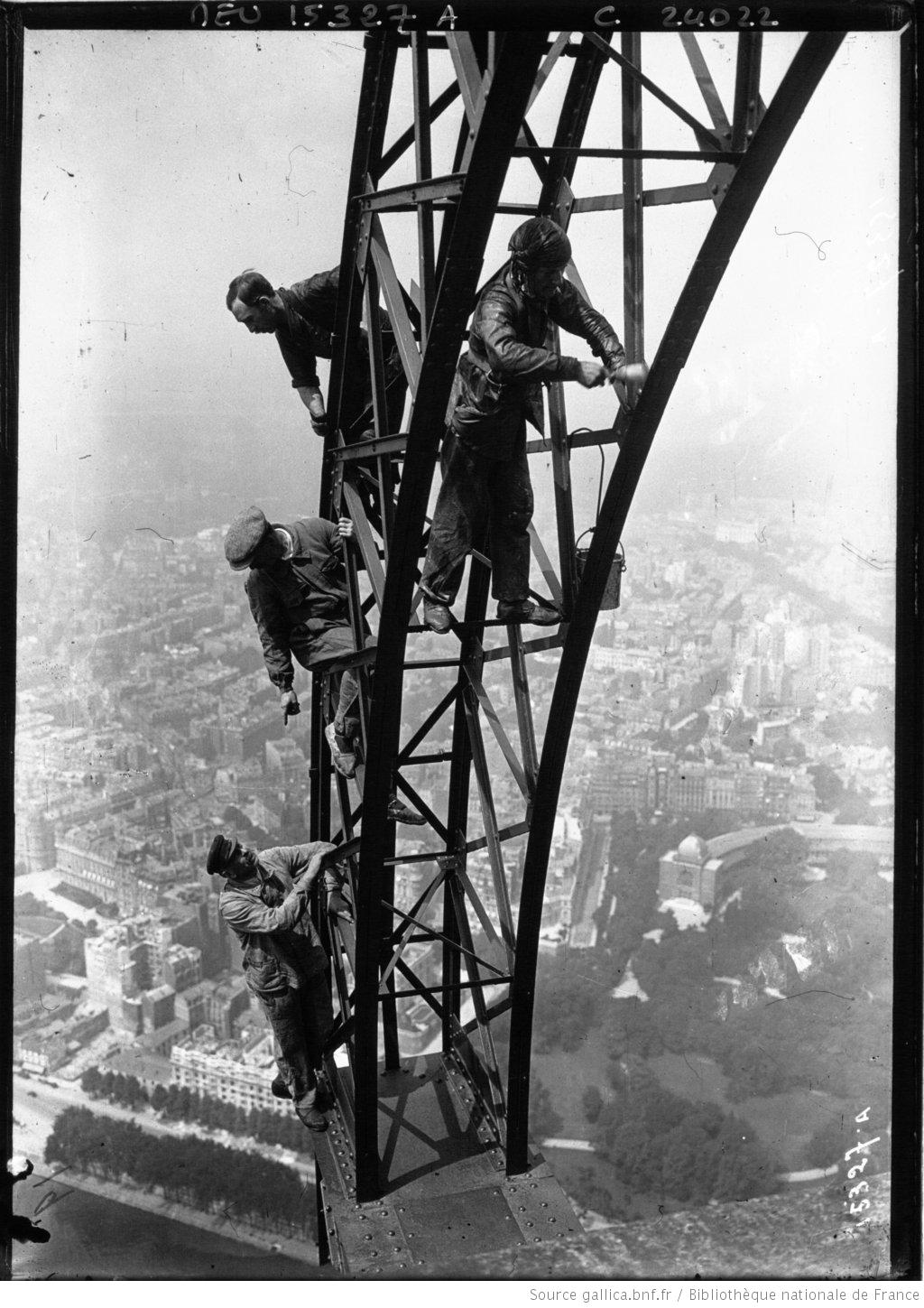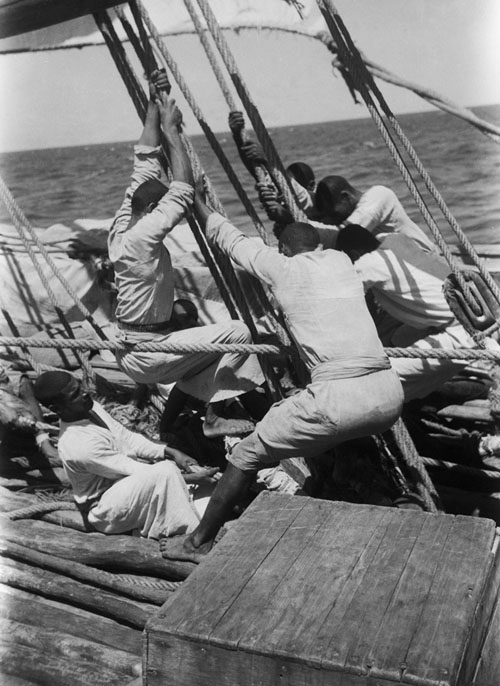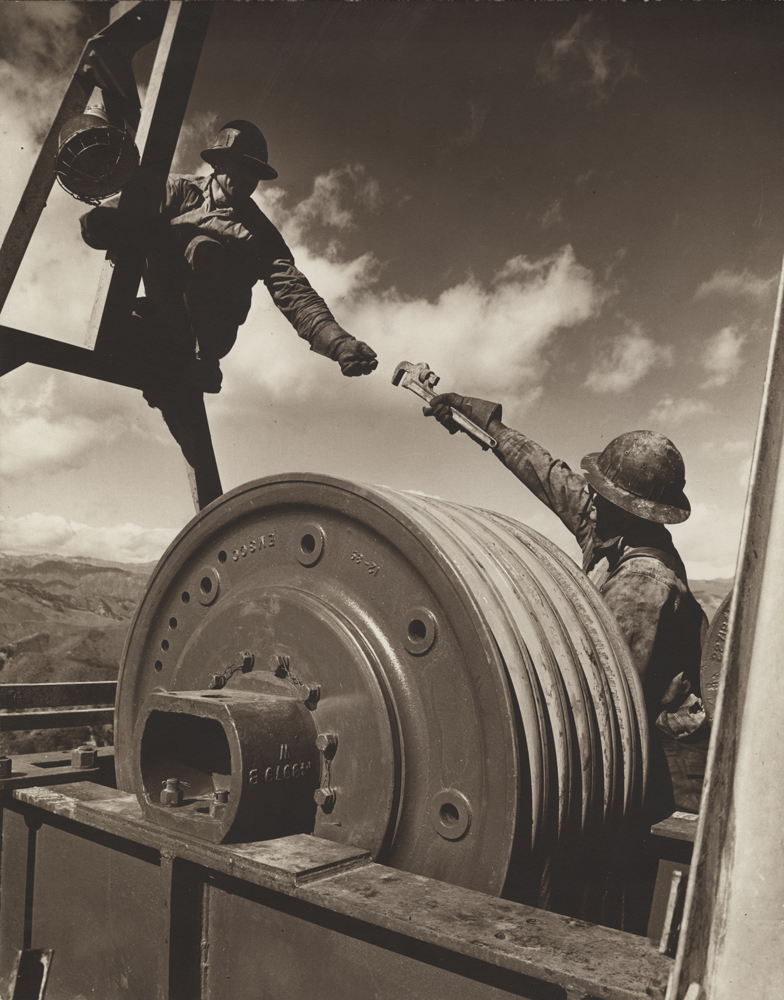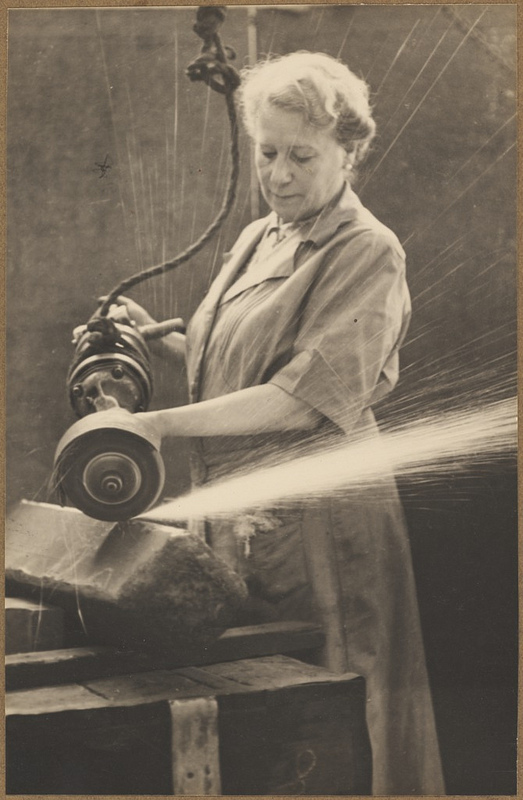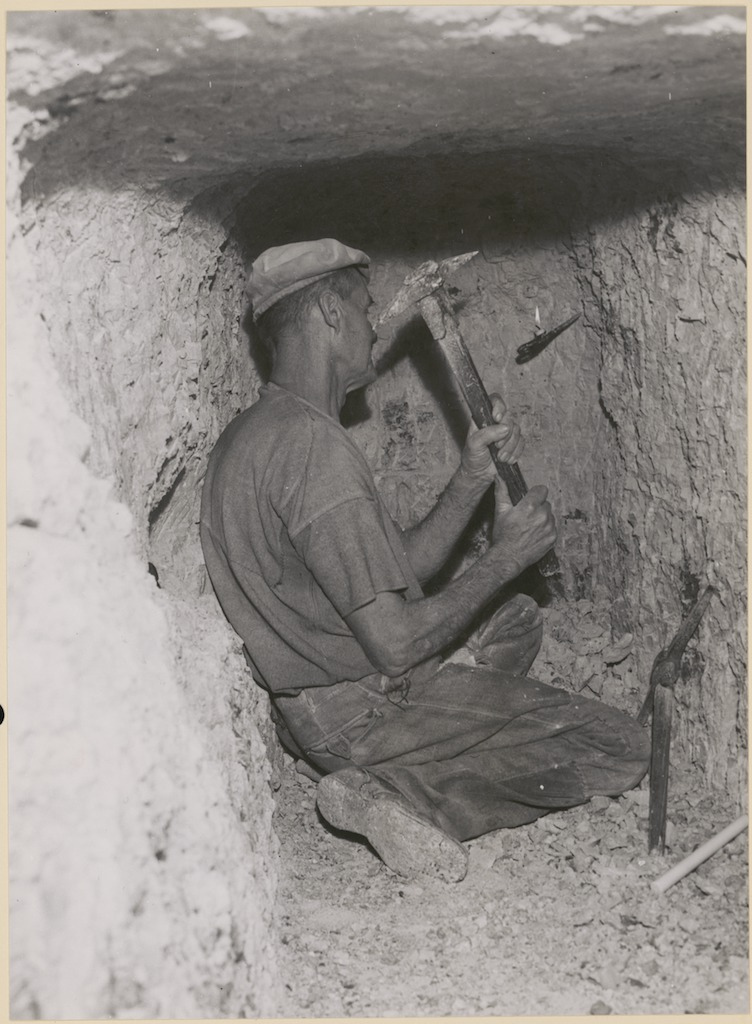LIPSCOMB, H. J.; SCHOENFISCH, A. L.; CAMERON, W. et al. (2014). How well are we controlling falls from height in construction? Experiences of union carpenters in Washington State, 1989–2008 - INVASSAT
Ves enrere LIPSCOMB, H. J.; SCHOENFISCH, A. L.; CAMERON, W. et al. (2014). How well are we controlling falls from height in construction? Experiences of union carpenters in Washington State, 1989–2008
LIPSCOMB, H. J.; SCHOENFISCH, A. L.; CAMERON, W. et al. (2014). How well are we controlling falls from height in construction? Experiences of union carpenters in Washington State, 1989–2008
LIPSCOMB, H. J.; SCHOENFISCH, A. L.; CAMERON, W. et al. How well are we controlling falls from height in construction? Experiences of union carpenters in Washington State, 1989–2008. American Journal of Industrial Medicine. [online] 2014, 57, 1. 69-77. [Consulta 19.11.2014]. doi: 10.1002/ajim.22234.
¿Cómo estamos controlando las caídas de altura en la construcción? Experiencias de los sindicatos de carpinteros en el estado de Washington, 1989-2008. Antecedentes. Las caídas desde altura siguen causando morbilidad y mortalidad significativas en toda la industria de la construcción. Métodos. Mediante la vinculación de datos sobre las horas de trabajo con los registros de compensación de trabajadores, las tasas de accidentes de trabajo resultantes de días FFH y asociados fuera del trabajo se evaluaron en una cohorte grande (n = 24,830) de los carpinteros sindicales en el estado de Washington de 1989 a 2008.
Com estem controlant les caigudes d'altura en la construcció? Experiències dels sindicats defusters en l'estat de Washington, 1989-2008. Antecedents. Les caigudes des d'altura continuen causant morbiditat i mortalitat significatives en tota la indústria de la construcció. Mètodes. Per mitjà de la vinculació de dades sobre les hores de treball amb els registres de compensació de treballadors, les taxes d'accidents de treball resultants de dies FFH i associats fora del treball es van avaluar en una cohort gran (n = 24,830) dels fusters sindicals en l'estat de Washington de 1989 a 2008.
Background. Falls from height (FFH) continue to cause significant morbidity and mortality across the construction industry. Methods. By linking data on work hours with workers' compensation records, rates of work-related injuries resulting from FFH and associated days away from work were evaluated among a large cohort (n = 24,830) of union carpenters in Washington State from 1989 to 2008. Using Poisson regression we assessed rates of FFH over the 20-year period while adjusting for temporal trend in other work-related injuries. Patterns of paid lost days (PLDs) were assessed with negative binomial regression. Results. Crude rates of FFH decreased 82% over the 20-year period. Reductions were more modest and without demonstrable change since 1996 when adjusting for the temporal reduction in other injuries. Younger workers had higher injury rates; older workers lost more days following falls. Rates of PLDs associated with falls decreased over time, but there was not a consistent decline in mean lost days per fall. Conclusion. These patterns are consistent with decreased FFH for several years surrounding state (1991) and then federal (1994) fall standards; the decline during this time period exceeded those seen in injury rates overall in this cohort. While crude rates of FFH have continued to decline, the decline is not as substantial as that seen for other types of injuries. This could reflect a variety of things including more global efforts designed to control risk (site planning, safety accountability) and changes in reporting practices. Am. J. Ind. Med. 57:69–77, 2014. © 2013 Wiley Periodicals, Inc.
¿Cómo estamos controlando las caídas de altura en la construcción? Experiencias de los sindicatos de carpinteros en el estado de Washington, 1989-2008. Antecedentes. Las caídas desde altura siguen causando morbilidad y mortalidad significativas en toda la industria de la construcción. Métodos. Mediante la vinculación de datos sobre las horas de trabajo con los registros de compensación de trabajadores, las tasas de accidentes de trabajo resultantes de días FFH y asociados fuera del trabajo se evaluaron en una cohorte grande (n = 24,830) de los carpinteros sindicales en el estado de Washington de 1989 a 2008.
Com estem controlant les caigudes d'altura en la construcció? Experiències dels sindicats defusters en l'estat de Washington, 1989-2008. Antecedents. Les caigudes des d'altura continuen causant morbiditat i mortalitat significatives en tota la indústria de la construcció. Mètodes. Per mitjà de la vinculació de dades sobre les hores de treball amb els registres de compensació de treballadors, les taxes d'accidents de treball resultants de dies FFH i associats fora del treball es van avaluar en una cohort gran (n = 24,830) dels fusters sindicals en l'estat de Washington de 1989 a 2008.
Background. Falls from height (FFH) continue to cause significant morbidity and mortality across the construction industry. Methods. By linking data on work hours with workers' compensation records, rates of work-related injuries resulting from FFH and associated days away from work were evaluated among a large cohort (n = 24,830) of union carpenters in Washington State from 1989 to 2008. Using Poisson regression we assessed rates of FFH over the 20-year period while adjusting for temporal trend in other work-related injuries. Patterns of paid lost days (PLDs) were assessed with negative binomial regression. Results. Crude rates of FFH decreased 82% over the 20-year period. Reductions were more modest and without demonstrable change since 1996 when adjusting for the temporal reduction in other injuries. Younger workers had higher injury rates; older workers lost more days following falls. Rates of PLDs associated with falls decreased over time, but there was not a consistent decline in mean lost days per fall. Conclusion. These patterns are consistent with decreased FFH for several years surrounding state (1991) and then federal (1994) fall standards; the decline during this time period exceeded those seen in injury rates overall in this cohort. While crude rates of FFH have continued to decline, the decline is not as substantial as that seen for other types of injuries. This could reflect a variety of things including more global efforts designed to control risk (site planning, safety accountability) and changes in reporting practices. Am. J. Ind. Med. 57:69–77, 2014. © 2013 Wiley Periodicals, Inc.




